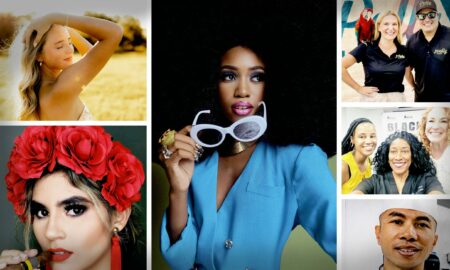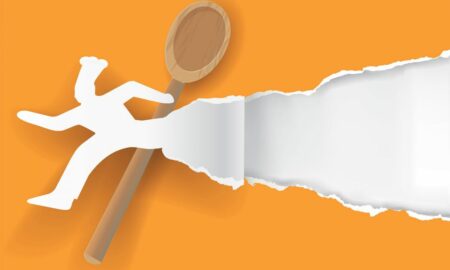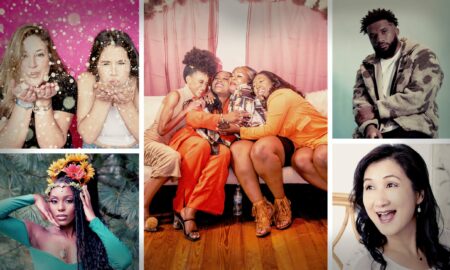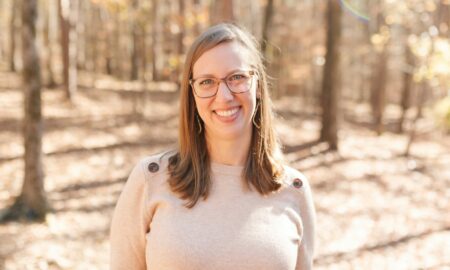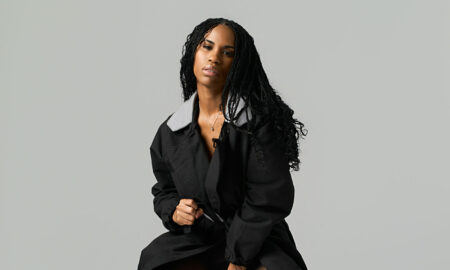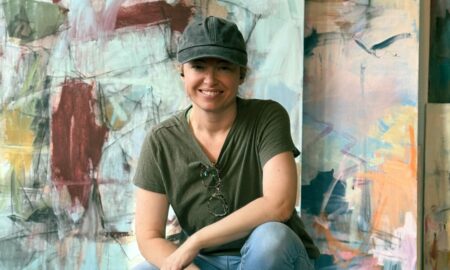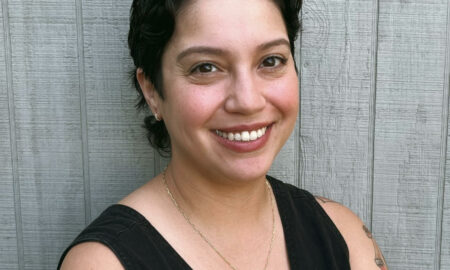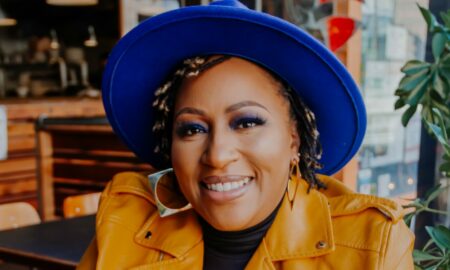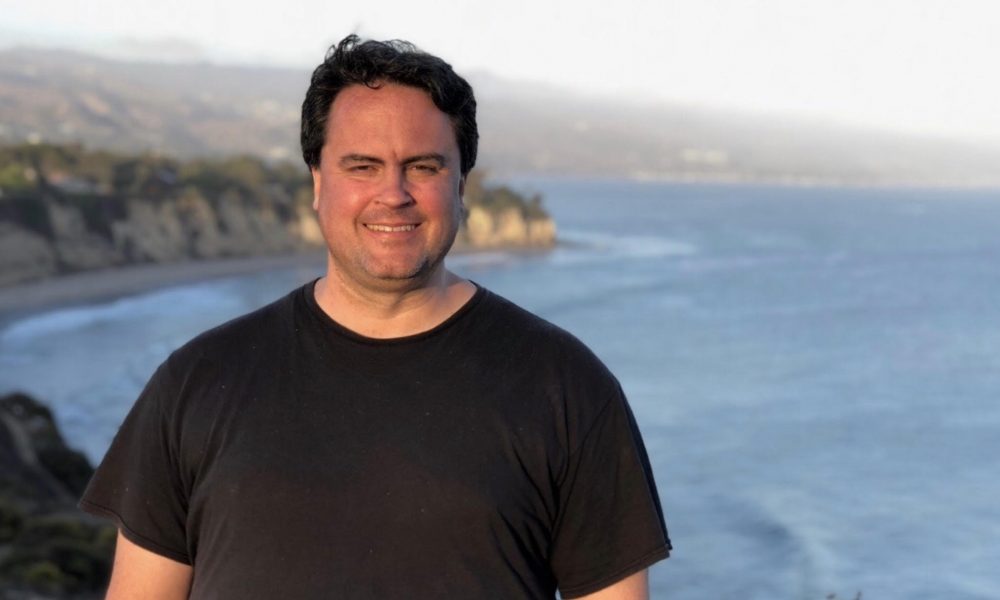

Today we’d like to introduce you to Lane Harder.
Every artist has a unique story. Can you briefly walk us through yours?
I grew up around music, as my parents were avocational musicians, though my dad had a successful regional rock band in and around Memphis in the ’60s. My earliest musical memories are of hearing my mom play Debussy and Beethoven on the piano and my dad play a lot of early rock and roll and country on the guitar. My parents started me in piano lessons at a young age, and I eventually played tuba, handbells, and percussion before switching to percussion as my primary instrument at age 16. I also sang in my church choir, played drums in a thrash band, and filled up hours and hours of tape with appalling MIDI experiments in my bedroom, trying to emulate everyone from Stockhausen to Front 242 to Michael Kamen as best I could. I listened to everything. My mixtapes had everything from George Crumb to The Pogues to Bach to field recordings of rural singers to the unclassifiable.
I came to SMU as a music composition major, and I also studied for a year at Kings College London. Even though I was there to study music composition, I ended up playing A LOT in SMU’s performing ensembles (a lot more than I thought I would). This helped me transition into a career as a freelance performer, playing a lot of orchestra, chamber, and musical theater gigs around Dallas after graduating. I also spent three summers in Paris studying counterpoint, harmony, and analysis in the tradition of Nadia Boulanger at the European American Musical Alliance summer program, where I later served on the faculty for many years. Back in Dallas, I served as assistant director of music at Jesuit College Preparatory School for a time before attending graduate school at The Peabody Conservatory where I studied music composition and music theory pedagogy.
After studying music composition at UT Austin and earning a DMA, I moved back to Dallas to teach at SMU where I am currently a lecturer in music composition and theory and where I direct SYZYGY, the contemporary music ensemble of the Meadows School of the Arts. I also freelance as a composer and performer, and I’m a percussionist at Saint Michael and All Angels Episcopal Church. I write, I teach, I play, I conduct, I organize performances, and lots more. I’m very fortunate to be part of a community that is so welcoming and nurturing of creative and working artists. I’m also fortunate to have had very, VERY good teachers along the way.
Please tell us about your art.
I compose all sorts of music. I’ve worked in many mediums: opera, film, ballet, electronic, orchestral, chamber instrumental, chamber vocal, and a number of others. The medium I’m perhaps best known for is percussion music. I’ve been very fortunate that the percussion community in the U.S. and abroad has been so accepting of my music for it. I love writing vocal music most of all, I think, because I love working with text, so any opportunity I have to do so is welcome.
The “how” of creating depends on the project. The project often dictates the method, but more often than not, it’s me sitting in front of a piano grinding out creative decisions while playing. I like to play and sing while I write so I can hear overtones and resonance. I tend to orchestrate and arrange music away from the piano. I write in pen on a favorite format of paper that I found in a (now closed) music store in Paris and copy it into music notation software. It’s an old-fashioned method, but I prefer it because it forces me to slow down and be certain that my creative impulse is the right one for a particular moment in a piece.
As for why, I’ve wondered that myself, almost all my life. The great Italian composer Franco Donatoni described being a composer in terms that one would describe a disease or an affliction, and I can see why. The creative need is a strange companion. All that said, I feel that I write music, mostly, to give order to things, to make a framework on which to work out a particular thought or concept or idea so that I can get it out of my system.
Some of the ideas that have shown up in my work are things that have interested me at one point or another. The phenomenon of black holes, the fiction of Cormac McCarthy, the poetry of Wallace Stevens, the drumming of Danny Carey, Ugandan xylophone music, early French polyphony, some of the emotionally neutral and static music of Erik Satie and Federico Mompou, the organ music of Maurice Duruflé, English harlequinade, poetry from the American Enlightenment, Bach fugues, the experimental music of W.O. Smith, the poetry of Enrique Gonzalez Martinez, mall music, the music of Samuel Barber, Native American drumming, the chamber music of Maurice Ravel, ambient music, activities of the ASMR community, and lots more have shown up in my work in various forms both directly and indirectly.
I have no overall message or inspiration, as my influences are so diverse. I always seek resonance in my work (literal and figurative), and I always want for my audience to be adventurous. If an audience trusts me, I will try to bring its members to someplace new. More than anything and no matter what form my music takes (including how wild or unusual or neutral or, ultimately, how successful a work is), I want my audience to know that I am sincere in my creative efforts.
What do you think is the biggest challenge facing artists today?
A lack of resources needed to “play the long game” as creators. A need for people at the policy and purse-strings level to have faith in cultivating the careers of local artists.
While conditions can always be improved, for now, in our community, they are improving. The efforts of the Moody Foundation, the Office of Cultural Affairs, the Nasher Sculpture Center, Southside on Lamar, and a number of others to bring tangible resources to individuals for creative work are noteworthy. As artists, we have to be good stewards of these resources so that we can continue to have them and so other organizations will make them available. As a community, we need to keep the conversation on the table about the benefits of a thriving LOCAL arts community. Curating art from across the country and around the world and bringing it to Dallas is important, but cultivating local art is what can have a truly lasting impact in our numerous communities in Dallas.
How or where can people see your work? How can people support your work?
A cross-section of my music can be found on my Soundcloud page and YouTube channel. My ensemble, SYZYGY, stays very active, and its events can be found on SMU’s Meadows School of the Arts calendar.
I am always interested in chatting with collaborators of art and capital, so anyone interested in a collaboration can always feel free to contact me.
Contact Info:
- Website: https://bit.ly/2CH6sEr
- Email: lharder@smu.edu
- Instagram: @lane.harder
- Facebook: https://bit.ly/2QrHUFh
- Other: www.soundcloud.com/lane-harder






 Image Credit:
Image Credit:
Fawn Harder, Lane Harder, Sharen Bradford
Getting in touch: VoyageDallas is built on recommendations from the community; it’s how we uncover hidden gems, so if you know someone who deserves recognition please let us know here.

